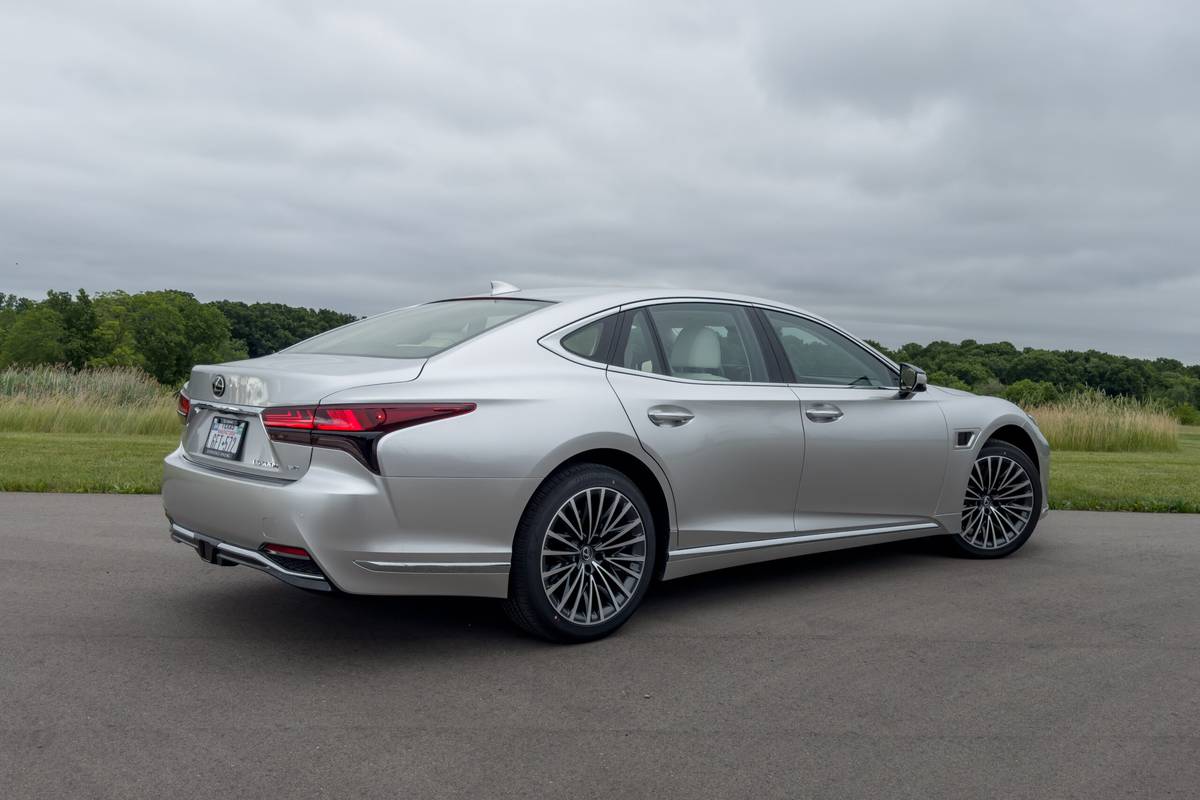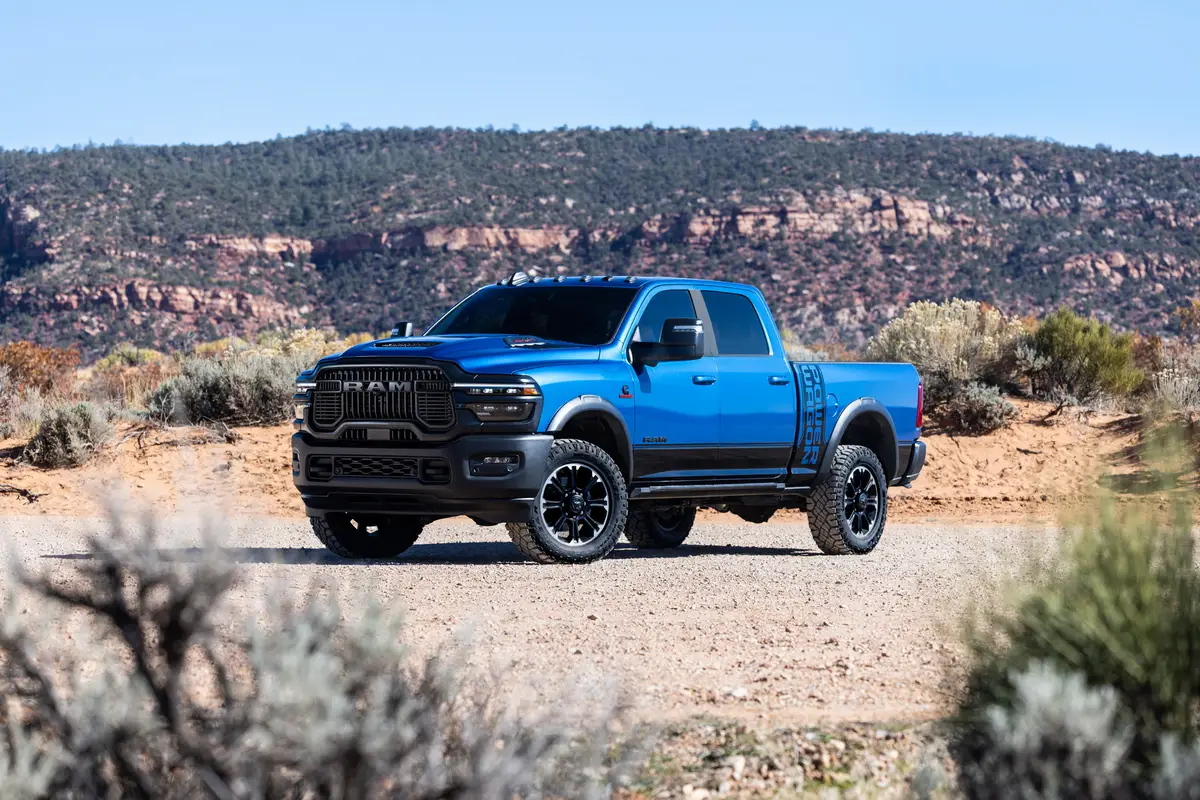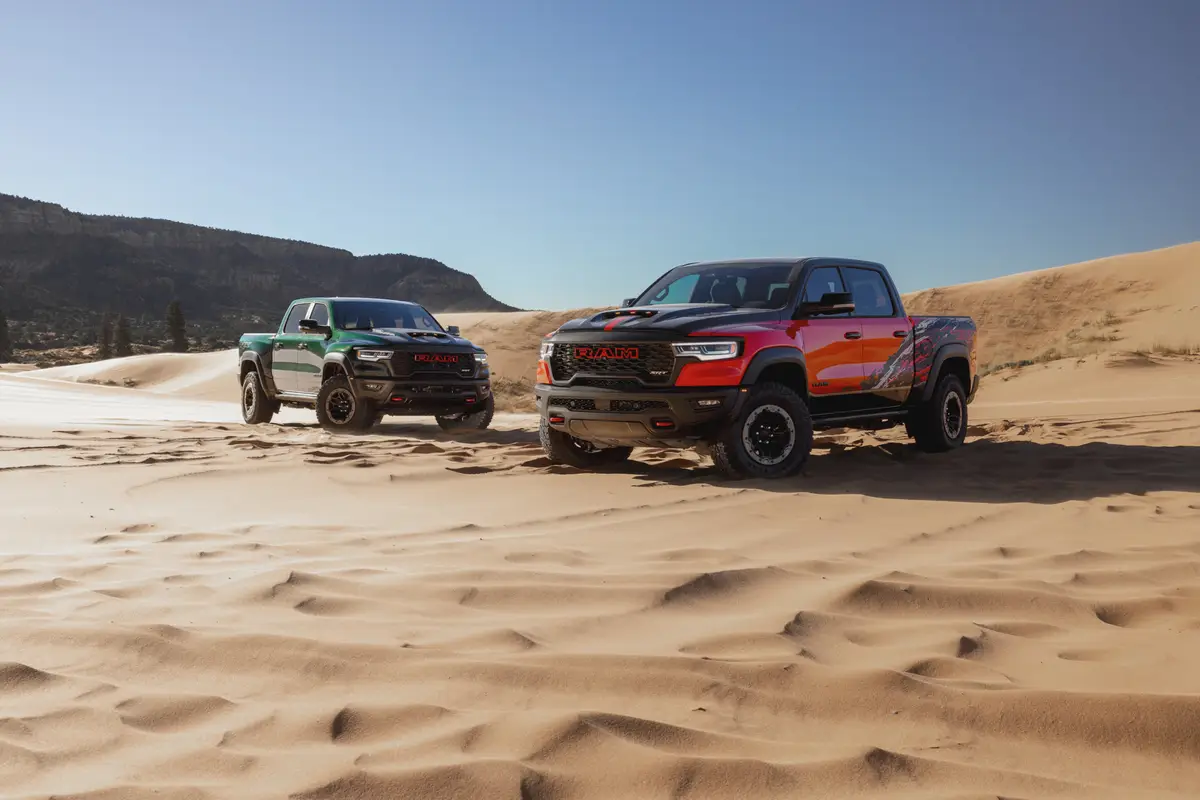washingtonpost.com's view
SARATOGA SPRINGS, N.Y.-There was a time when the annual Travers Stakes horse races here drew a rush of people in sports coupes.
Many of the newly rich arrived in Porsches, Corvettes and Ferraris — a display of motorized horsepower that rivaled the thoroughbred flesh on the track.
But few coupes show up nowadays. They’ve been supplanted by sport-utility vehicles ranging from costly Land Rovers and Lincoln Navigators to more affordable Toyota RAV4s and Honda CRVs. All of which made us feel right at home at the 128th Travers Stakes.
We came in a claret-red 1998 Isuzu Rodeo LS, but judging from the racing crowd’s reaction, we could’ve arrived in a Rolls-Royce Corniche.
People tailed us to get a closer look at the new Rodeo. Others examined it in the parking lot, peeking into its windows, surveying its body from various angles, touching its metal.
Folks applauded Isuzu’s decision to retain the Rodeo’s “blister” fenders, bulging fenders front and rear, which they said give the vehicle a sculpted, muscular look absent from competitors’ models. The Rodeo’s new fastback rear hatch and shortened rear overhang, coupled with a reduction in exterior chrome, seemed to go over well, too.
Attempts to deflate Rodeo enthusiasm went nowhere. We told one man, who was gushing over the vehicle, that despite all its improvements, it still wears skimpy 2.5-mph bumpers. Theoretically, that shortcoming could lead to expensive body repairs in a crash exceeding that speed.
The man shrugged. “So you should try not to hit anything,” he said.
Background: The Rodeo, introduced as a 1991 model, was born hot, which created a problem: How do you improve a winning product without destroying what made it a winner?
Shiro Nakamura’s approach was to keep rejecting answers until his design team offered the right one. Nakamura, Isuzu’s vice president for product planning, is the man who saved the Rodeo’s trademark fender blisters, which were in danger of being squeezed out of existence in earlier reworkings of the sport-ute.
Those blisters gave the Rodeo attitude, Nakamura decided. The next Rodeo’s success would stem largely from a new way of displaying that attitude. There were several options: large, super-aggressive blisters; mild bulges, with a wink at sexuality and hipness; muscular but sensuous protrusions. The designers got it right — muscular but sensuous, with a nod toward wealth — after 50 tries.
The wealthy tilt came in the new Rodeo’s interior — a simple, elegant cabin, extremely functional, accented by judicious applications of leather and fakewood grain. Classy.
More substantial changes included virtually eliminating any squeaks and rattles, and improving the vehicle’s feel and handling by dropping 285 pounds of weight. The latter objective was achieved through the use of composites and other high-strength, lightweight materials, and the re-engineering of powertrain and suspension systems.
The new Rodeo is available with two engines: a 2.2-liter, double-overhead-cam in-line four-cylinder job rated 129 horsepower at 5,200 rpm, with torque rated at 144 pound-feet at 4,000 rpm; and the tested 3.2-liter, 24-valve double-overhead-cam V-6 rated at 205 horsepower at 5,400 rpm, with torque rated at 214 pound-feet at 3,000 rpm.
A five-speed manual transmission is standard. An electronically controlled four-speed automatic is optional. Standard brakes are power front discs and anti-lock rear drums.
The Rodeos are available in rear-wheel-drive and four-wheel-drive. The four-wheel system now employs a push-button gear for four-wheel high and a floor-mounted lever for four-wheel low.
Dual front air bags are the slow-deployment type. Use your belts.
1998 Isuzu Rodeo LS
Complaints: The use of 2.5-mph bumpers in a sport-ute that should be equipped with tougher 5-mph bumpers.
Praise: An excellent reworking overall of a very popular vehicle. Kudos to Isuzu’s Shiro Nakamura for keeping the attitude.
Head-turning quotient: Turned as many heads as Deputy Commander, which won the 128th Travers Stakes by a nose.
Ride, acceleration and handling: Triple Crown. Even gives the new Mercedes-Benz M-Class sport-ute a highway run for the money. Splendid handling, even in tight curves. Excellent braking.
Mileage: About 17 miles per gallon, not impressive. Estimated 343-mile range on usable volume of regular unleaded, running mostly highway with two occupants and light cargo.
Sound system: Six-speaker AM-FM stereo radio and cassette installed by Isuzu. Very good.
Price: Base price on the tested 1998 Rodeo LS is $28,910. Estimated dealer’s invoice price on the base model is $24,817. Price as tested is $31,480, including $2,125 in options and a $445 destination charge.
Purse-strings note: Ain’t cheap. Compare with Chevrolet Blazer, Ford Explorer, Mitsubishi Montero Sport, Jeep Cherokee, Subaru Legacy Outback and Subaru Forester.
Latest news



